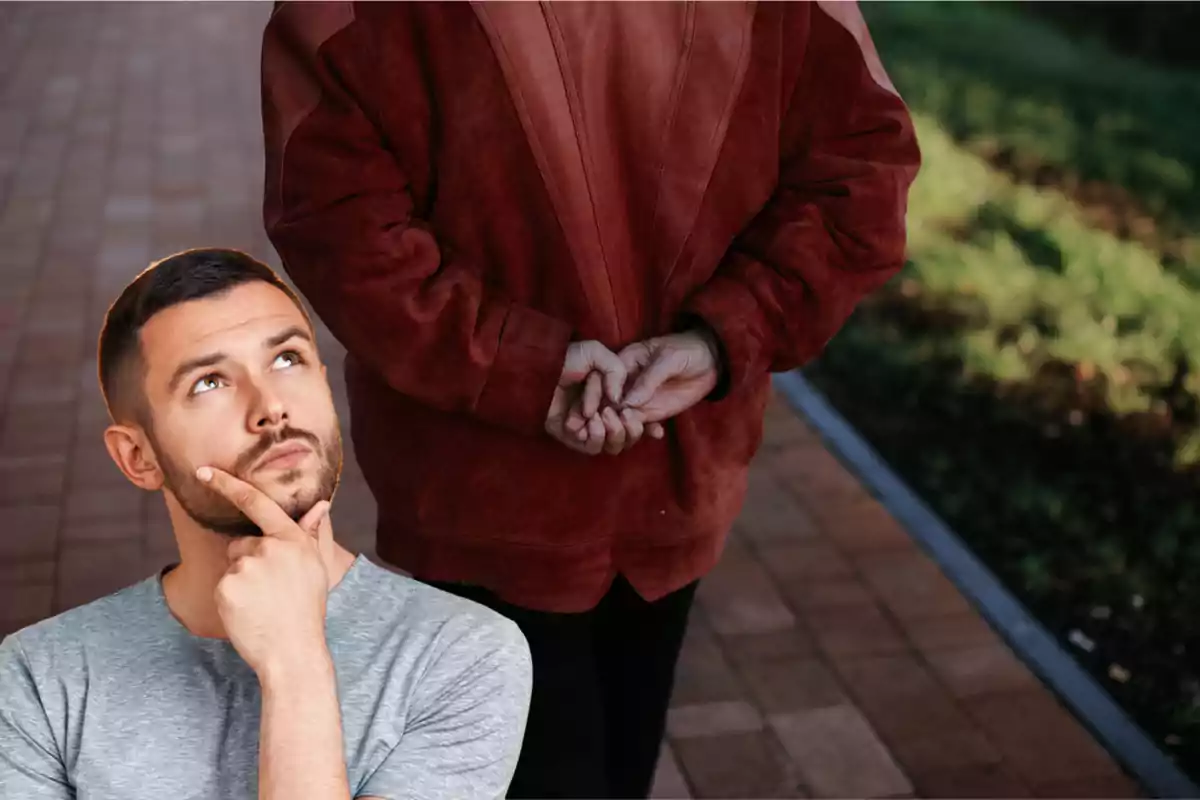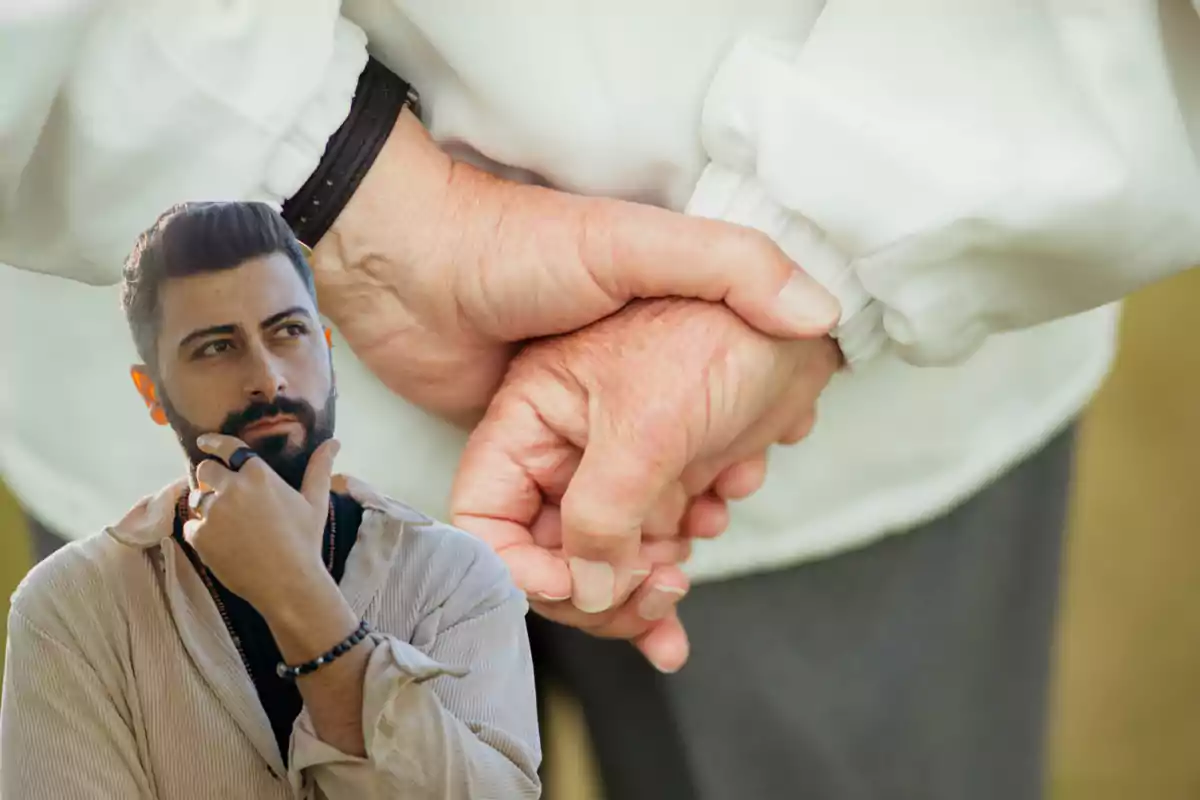Although it may seem like an unimportant movement, walking with your hands behind your back is a very powerful form of nonverbal communication.
You don't need to speak to convey something. Your body says it all. This gesture, in particular, can reveal deep aspects of your personality.
Have you ever noticed how certain profiles do it? Older people, military personnel, teachers, or authority figures usually adopt this posture naturally. It's not a coincidence. It's a body language that many have internalized over time.
Confidence, control and silent leadership
This gesture is often associated with self-confidence and command. When walking with your hands behind your back, your chest opens, your back stays straight, and your gaze is lifted.
The posture is firm, the message is clear: "I'm calm. I'm in control."

In many cases, it's linked to leadership. It's not unusual to see executives, bosses, or influential people moving like this through a room or hallway. They don't need to raise their voice; their mere way of walking commands respect.
It also reflects self-control. The person doesn't appear anxious or restless. They keep their movements under control, therefore, also convey that they can control a situation.
Introspection: when the mind is working
It's not all about authority. It's also a very common posture among those who are thinking, analyzing, or reflecting.
Walking like this can be a way to isolate yourself from your surroundings to focus on your own thoughts. By putting your hands behind your back, you reduce external distractions. The body moves on its own, while the mind races.
It's very common to see someone walking this way when they need mental clarity, to make a decision, or simply to disconnect. It's as if the movement helps organize ideas.

The secret is in the small details
The interesting thing about this gesture is that it doesn't always mean the same thing. It all depends on how it's done.
That's why observing the details can make the difference between understanding someone... or completely misinterpreting them.
For example:
- Relaxed hands and slow steps: calm and serenity.
- Tense arms or a rigid back: there's probably tension, nerves, or even an attempt to hold back emotions.
- Downcast gaze or serious expression: it can be a sign of worry, introspection, or emotional burden.
The environment also speaks. If it happens in the middle of a difficult situation, it can be a way to keep steady and not lose control.

